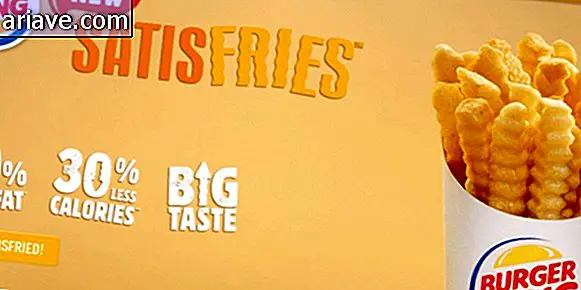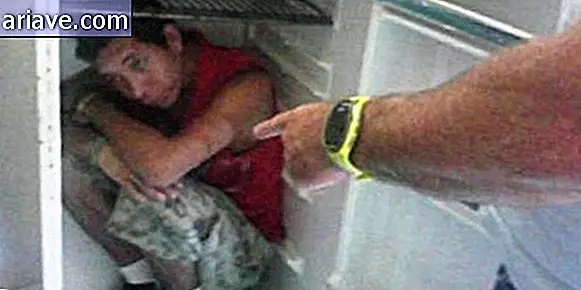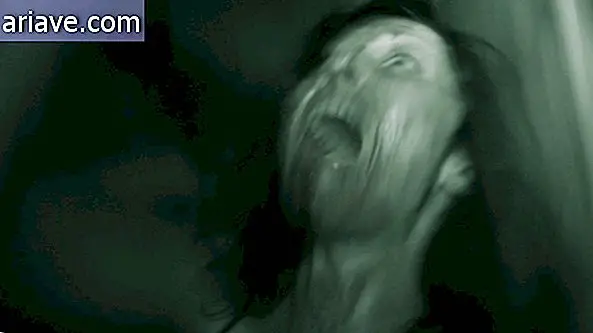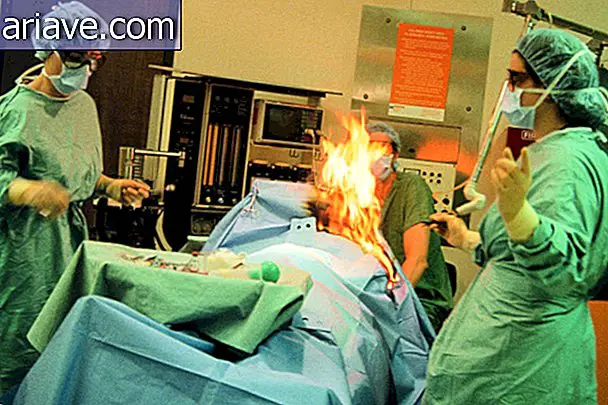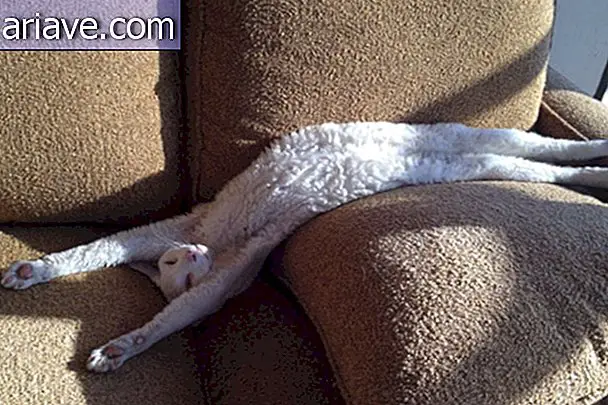NASA Simulation Shows Black Hole Swallowing Matter and Light
This week NASA released a new illustration showing more clearly what a black hole is like. According to astrophysicist Jeremy Schnmittman, author of the simulation, she shows how captured matter, such as gas, dust and even light, focuses around the event's event horizon, forming an extremely hot and thin alo.
Near the black hole, the material orbits almost at the speed of light, while on the outside it rotates more slowly. This difference is responsible for producing light and dark bands, as seen in the image.

Near the event horizon (the point of no return, from which nothing escapes, not even the light), the picture is frightening by the gigantism of the forces involved. The light bends in such a way because of gravity that we can see the underside of the disk as a ring of bright light, apparently delineating the black hole.

Neither light escapes
The so-called "photon ring" is made up of several circles, increasingly weak and thin. The effect is caused when light circles the black hole several times before it can escape. Inside the photon ring is the shadow of the black hole, an area about twice as large as the event horizon.
The images, generated by software specially developed by NASA's Goddard Space Flight Center, "help us visualize what Einstein meant about gravity distorting the fabric of space and time. I never thought it would be possible to see a real black hole." Schnmittman said, recalling the event Horizon's capture of the image in April by the shadow of a black hole in the heart of the M87 galaxy.
NASA simulation shows black hole swallowing matter and light via TecMundo






